Social media has seen many changes in 2018, from the rollout of the GDPR [post] to public outcry about privacy violations from the biggest names out there, it’s hard to keep up as a marketer. We’ll give you some winning tips, right here.
Things have changed to be sure. Once, a marketer could utilize the most popular social media as part of their marketing plan, and actually make money doing this. This is now, only rarely the case. Big marketers and big corporations are putting their money elsewhere because they can see what’s on the horizon and they don’t want to flush good money away. So what’s their new focus? With giants like Facebook being looked at poorly in terms of marketing growth, and Twitter not being too far behind in terms of uselessness – they’ve gone somewhere new.
We’ve been talking about Pinterest for over a year now, predicting alongside leaders in marketing and social media news, the growth of this once small company. They’re no longer small, but they don’t act like a giant either, and that’s the secret to their success and something to learn from. Pinterest has, to everyone’s surprise, far surpassed Facebook, Instagram, and Twitter in terms of conversions to budget spent. They’re going public in 2019, and this is the perfect time to make a large shift over to Pinterest to see what they have to offer the savvy marketer. The bonus here is, people these days LOVE images and easily shareable posts. Pinterest is perfect for this and has plenty of cross-platform features.
Millenials
Millennials get a lot of flack, but they’re actually one of the most responsible and civic-minded generations out there. The big problem marketers still have is how to reach them, assuming they’re on Instagram or Twitter, but it’s really just a matter of looking at an old problem in a new way. It’s about reaching your audience, and to do so you must incorporate something they feel strongly about, and inspires their loyalty, and make it easily shareable. Pinterest is perfect for this, but there are plenty of other platforms where this is the perfect post type as well.
70% of millennials are willing to pay more for a product that makes an impact on issues they care about. [source]
Change
If we can change where our focus is, and work on the protection of consumer privacy while doing so, there should be no drops in returns on investment in marketing. The trouble is, many companies just keep doing what used to work, and expecting things to turn around… living in the past. Instead, plan that they won’t, and adapt. Change what you’re doing to suit the time you’re currently living in, and go find out what format your audience prefers their social media. You can tailor what you offer based on who you’re aiming to see as a client, and there is no reason you can’t be just as good at marketing on a different platform.
Risk-taking
Marketing is a lot of risks and a lot of luck. A good or safe risk is moving to Pinterest. One year’s worth of predictions from leaders like Forbes about Pinterest being the place to be plus plenty more from other industry leaders means, they’re not wrong, and it’s a safe bet. The fact that they’ll be publicly traded soon means they’re also stable. Without taking risks when times change and are uncomfortable – because people seem to hate change…you’ll also never see the rewards when it works.
APPS
Whatever you’re offering, if you have the ability and funding to create an app that people can download to either shop, get information, help, or otherwise use their product – you’ll want to do it. People use apps more than going to sites, and something they can easily download and access with a touch is a quality of life improvement. Also, if you can’t afford to create an app, be sure that your website is mobile friendly since more people access the web by mobile phone today than ever before.
Make sure your images are sized as small as possible without losing their resolution, to help page load times, and avoid pop up ads that cover the screen. This will also help you rank better with Google because they universally hate interstitial and pop up ads.

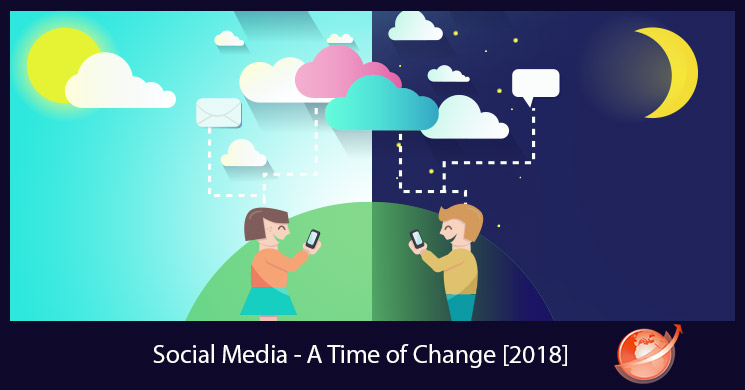
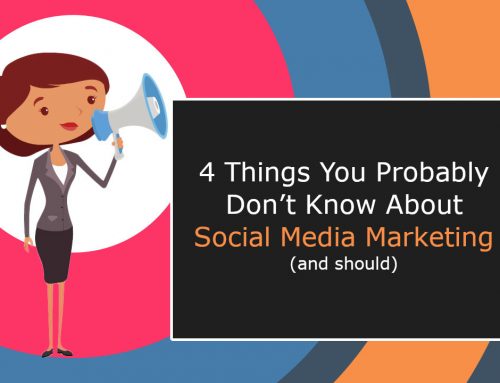
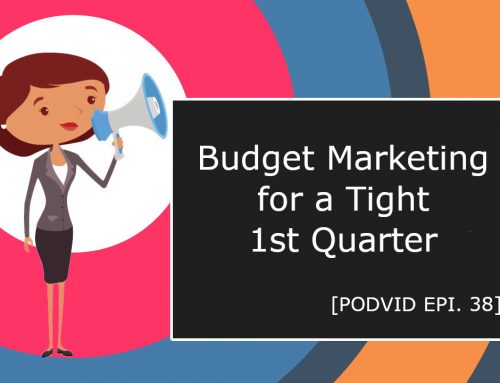
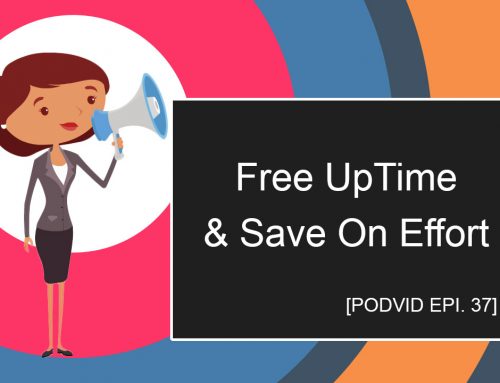
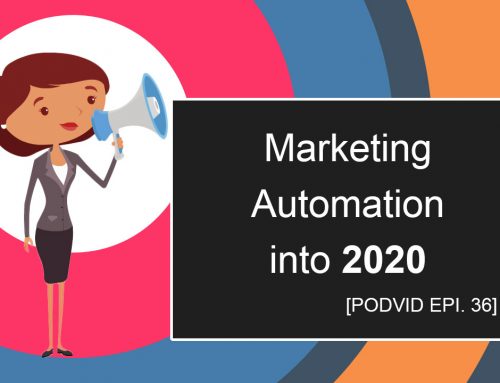
![Do you know BERT? [Google SEO]](https://magiwebsa.com/wp-content/uploads/2019/11/podvid-epi35-cover-500x383.jpg)